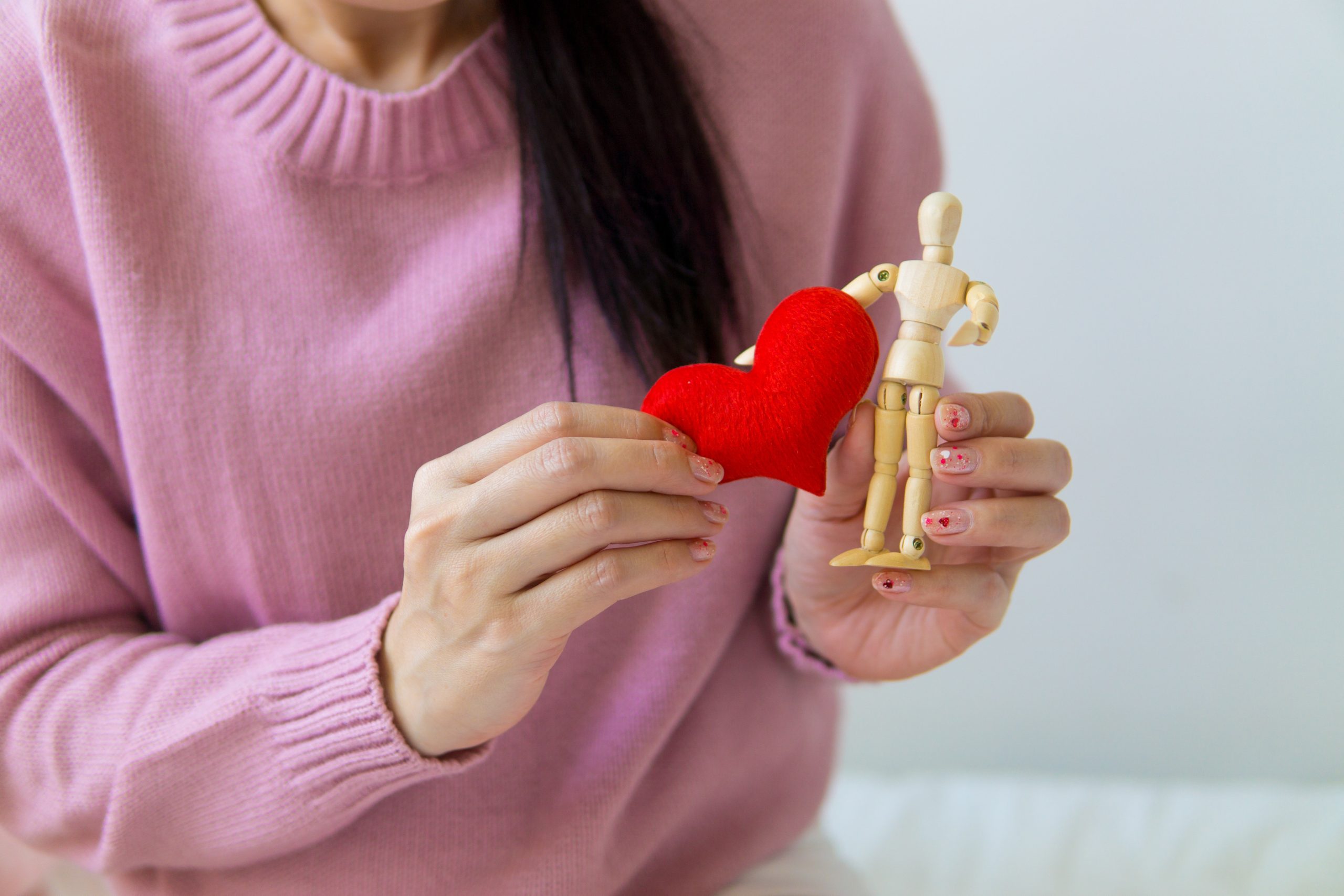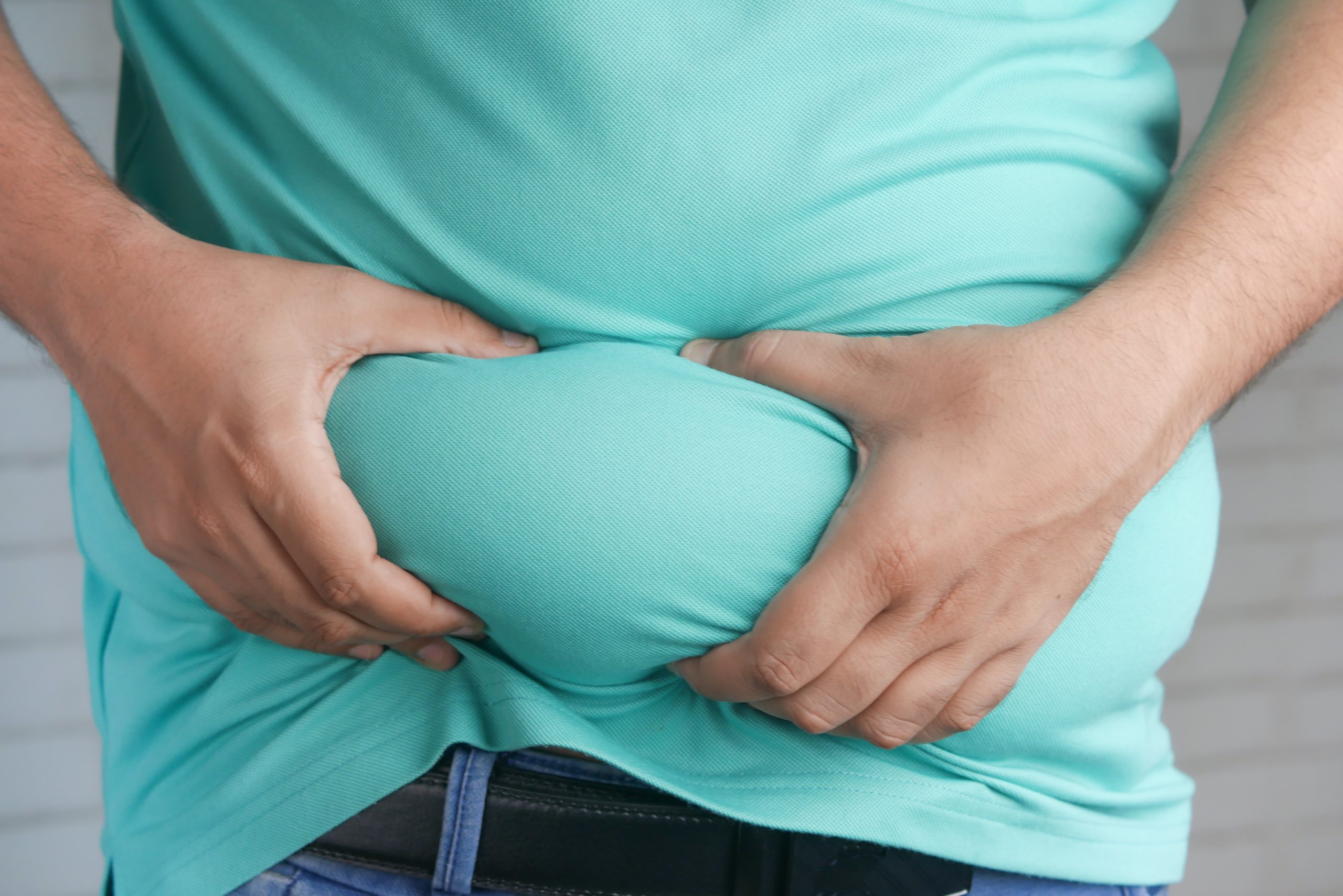New research reveals that nearly 7 in 10 American women (69%) acknowledge not putting enough effort into their exercise regimen.
A survey of 2,000 women highlighted that 46% of respondents attributed their lack of exercise to burnout, leading to a nine-day hiatus from physical activity.
On average, women engage in exercise four times per week, although 52% admit to exercising three times or less.
The typical workout duration spans 44 minutes and encompasses a variety of exercises, including aerobics (50%), jumping rope (48%), weightlifting (45%), Kegels (44%), and yoga (41%).
Despite this, the survey conducted by OnePoll on behalf of INTIMINA revealed that many women recognize the need for improvement in their exercise routines, with 69% confessing that they don’t exert enough effort.
Barriers to sufficient exercise were also identified, with 49% of women stating that feeling tired beforehand hindered their motivation, while 47% found exercising physically challenging, and 42% cited lack of time as a deterrent.
Additionally, a third of women expressed disappointment in not witnessing tangible results from their exercise efforts, resulting in feelings of insecurity (12%) and hopelessness (12%).
When asked about factors that would encourage them to exercise more, 53% of respondents expressed the need for increased motivation, and 34% desired better methods to measure their progress.
Furthermore, 48% of women indicated that they would exercise more if they possessed accurate knowledge about performing exercises correctly, as one in eight lacked confidence in their ability to execute workouts accurately.
The survey highlighted specific exercises where women lacked confidence in performing correctly, namely tricep dips, wallsits, and bear crawls.
Despite these challenges, the majority of women (80%) agree that the present is the optimal time to prioritize their physical well-being, as it is expected to become more challenging with age (76%).
“At every age, our bodies undergo changes—some expected, some unexpected,” stated Dunja Kokotovic, INTIMINA Global Brand Manager. “As women, we must pay attention to these changes and provide ourselves with the necessary preventative care. Whether in their twenties, thirties, forties, or beyond, a woman’s body deserves the same level of attention and care. By being proactive and addressing any issues early on, women can maintain optimal intimate health throughout their lives. We’re committed to helping women embrace the beauty of their bodies at every age and feel confident in their skin, inside and out.”
Looking to the future, women acknowledged the need to strengthen various parts of their bodies, such as the waist (43%), hips (42%), and shoulders (27%). However, less commonly considered areas included the glutes and pelvic floor.
Despite professional recommendations, the survey revealed that a significant number of women (62%) had not undergone a pelvic exam within the past year.
Words of advice from respondents included “don’t wait too late to prioritize regular check-ups” and “proactively focus on fitness in all areas of the body, not just the visible ones.” Additionally, there was an emphasis on the importance of Kegel exercises as a preventive measure.
Concerningly, 62% of women lacked confidence in correctly performing Kegels, harboring misconceptions such as the belief that squeezing as hard as possible is the most effective approach (49%), assuming they are only beneficial after experiencing issues (43%), or finding them difficult to perform (42%).
More than a third of women (39%) reported experiencing issues with their pelvic floor.
Kokotovic emphasized, “Every woman deserves to feel confident, comfortable, and empowered in her body. That’s why we’re passionate about promoting the benefits of Kegels—not just for intimacy but for overall pelvic health. Kegels are like a secret superpower for women. They may not seem significant, but these simple exercises can work wonders for women’s intimate health, preventing leaks, enhancing intimacy, and improving overall well-being.”
The key lies in correct and consistent practice, incorporating Kegels into daily routines. By doing so, women can take proactive steps toward maintaining their pelvic health and enhancing their overall well-being, regardless of life stage.
WHAT WOULD WOMEN’S IDEAL WORKOUT ROUTINE CONSIST OF?
- Aerobic exercise – 43%
- Jumping rope – 41%
- Lifting weights – 38%
- Kegels – 34%
- Jogging/running – 31%
- Squats – 29%
- Yoga – 27%
- Lunges – 19%
- Cycling – 16%
- Planks – 11%
Survey Methodology:
This survey involved 2,000 women and followed a random double-opt-in process. Intimina commissioned the survey between February 6 and February 7, 2023. The study was conducted by OnePoll, a market research company whose team members are affiliated with the Market Research Society and hold corporate membership in the American Association for Public Opinion Research (AAPOR) and the European Society for Opinion and Marketing Research (ESOMAR).






